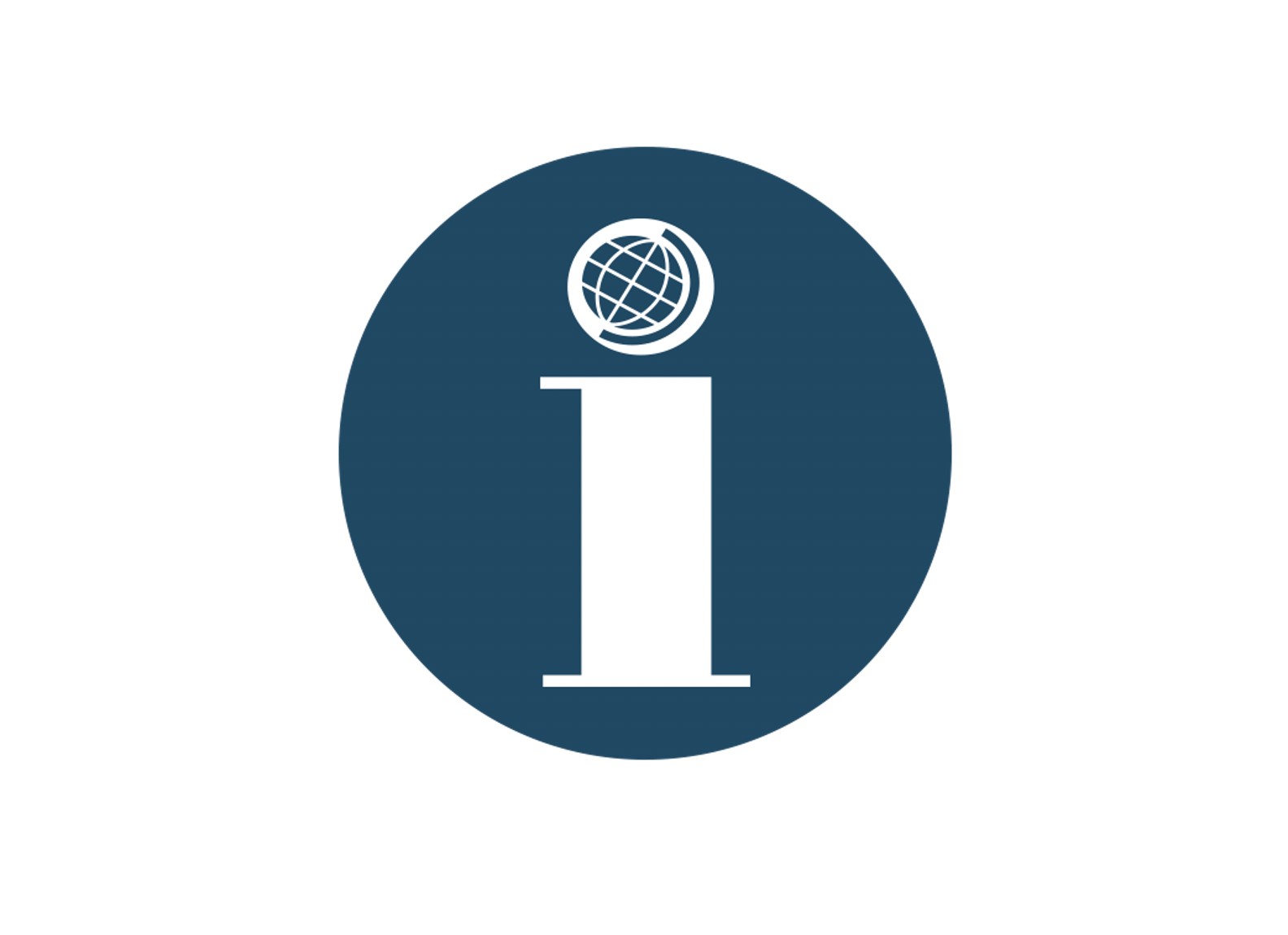On February 12, the New Yorker noted that Pulitzer prize-winning composer Ellen Reid would be joining the New York Philharmonic later in the month for the world premiere of her composition, “When the World as You’ve Known It Doesn’t Exist.” Rarely has reality been so presciently foretold by art. Epidemiological investigations would soon discover that by the time Reid’s composition was performed, approximately 11,000 people in the city were already infected with the novel coronavirus. At one point, New York City alone would record more Covid-19-related deaths than any country in the world—except the rest of the United States. Yet the situation would grow much worse. By May, the United States, with 4 percent of the global population, accounted for 25 percent of Covid-19-related deaths. Health experts in the Trump administration were privately projecting that by June 1 the death rate would double to approximately 3,000 deaths per day. By July, the infection rate in the United States was out of control. Yet, in the face of these grim numbers, President Trump and anti-stay-at-home protesters demanded that states reopen their economies, despite the risk. Accompanying this medical catastrophe was a familiar political one. Disinformation seemed at times to spread as prolifically as the virus. In response, Facebook, Twitter, and YouTube all vowed to be on the lookout for coronavirus disinformation. The country’s information disorder was as intractable as its medical one.
In a 2018 article, we define disinformation as “intentional falsehoods or distortions often spread as news to advance political goals such as discrediting opponents, disrupting policy debates, influencing voters, inflaming existing social conflicts, or creating a general backdrop of confusion and informational paralysis.”1 While this and other similar definitions help distinguish relevant from irrelevant occurrences of disinformation, they don’t explain how it works, what its origins are, or how it can be addressed meaningfully by policymakers.


